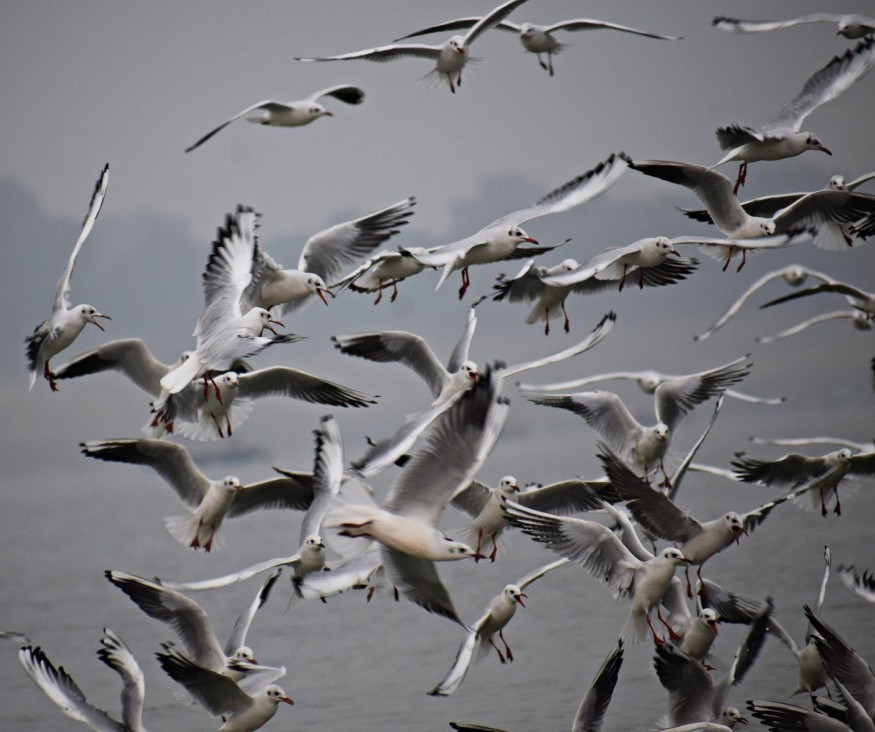
Before diving into what happens to chickens when they experience bird flu. First, you have to understand what bird flu is and why it is caused.
Bird flu:
Avian influenza which is commonly known as bird flu is a viral disease that is spread in birds, especially chickens. Humans are not infected by the viruses that are spread by the HPAI bird flu virus.
Bird flu is known to travel from birds to humans. Those people who consume chicken in their diet can be affected by bird flu. Exposure to these birds, bird feces, and bird feathers can be a way for humans to catch this flu.
Scientists are concerned that bird flu might combine with the human flu and mutate over the years which can be harmful for the people present on earth.
In 2003 bird flu was at its peak and killed more than 130 people in China, Indonesia, Thailand, Cambodia, Turkey, and Egypt. There have been a lot of bird flu outbreaks over the years.
Reasons why bird blu has become common:
Every day scientists are trying to find ways to put an end to the virus that is harmful to humans and animals. Like covid-19 we don't want something that is going to put the world on lockdown and cause millions of lives to end. Here are some reasons why bird flu has become common over the years:
Globalization and trade: Global trade in poultry products has increased in the past few decades. Countries have to run their economies that is why trading is important. This trading of poultry products has facilitated the spread of bird flu across continents and countries. When products reach from one place to another the virus with it and is spread to another country.
Changes in farming practices: The intensification of poultry farming in the past years and the concentration of a large number of birds in small spaces have increased the risk of disease transmission and the spread of bird flu among birds. Farmers do not understand that hoarding birds in one place can spread diseases among them and kill them.
Climate change: Changes in temperature and weather patterns all around the world affects the migration patterns of birds as well. They can carry and spread viruses to domestic poultry like chicken. As humans, we need to be aware of the choices we are making. Adopting a sustainable lifestyle and promoting information regarding climate change is going to help the world survive.
Genetic mutation: bird flu viruses can mutate and evolve over a bit of time, and sometimes result in new strains that can infect and spread easily among chickens that are genetically mutated.
Lack of biodiversity measures: limiting access to farms and disinfecting vehicles and equipment can increase the risk of bird flu transmission between flocks. The focus should be on how to preserve what is left on Earth rather than killing them and making money out of it.
The ongoing evolution of bird flu viruses and the combination of the factors which are above have contributed to increasing bird flu in chickens in recent years. Poultry farmers and countries should implement biodiversity measures and monitor flocks for signs of infection to prevent the spread of the bird flu virus.
© 2026 NatureWorldNews.com All rights reserved. Do not reproduce without permission.





